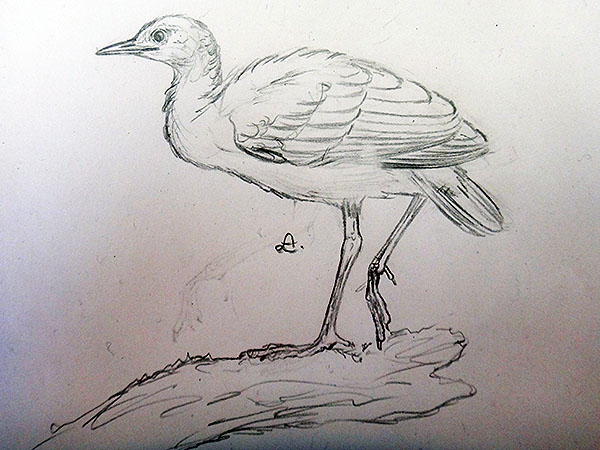Asteriornis maastrichtensis Field, Benito, Chen, Jagt & Ksepka, described in 2020, is the oldest known member of the clade Pangalloanserae, that is a clade that contains the Anseriformes (ducks, geese etc.) as well as the Galliformes (chickens and allies) as well as some now completely extinct forms. [1]
In the disturbing world of DP however, this species is a part of a funny radiation that contains the Horned Screamer, one sandgrouse genus, two rail genera, an extinct passeriform genus, one genus of Palaeognathae, and last but not least, Helornis, a synonym of the extinct flamingo genus Elornis (however, this is just a spelling error and actually meant to be the Sungrebe (Heliornis fulica).
I can break DP’s whole ‘article’ down to one single sentence:
“Oddly, the tip of the premaxilla is slightly hooked on one side, not hooked on the other (Fig.1).“
This citation says so much more about DP than anything anyone could write about him. Fossils can be slightly deformed or even be completely squished; DP, however, apparently sees this as their original state, so of course this bird must have had a beak with a tip slightly hooked only on one side … makes totally sense.
***
In the comment section there is also a comment clearly coming from a spam bot – of course DP is commenting also on this comment, just as he always does ….
*********************
References:
[1] Daniel J. Field; Juan Benito; Albert Chen; John W. M. Jagt; Daniel T. Ksepka: Late Cretaceous neornithine from Europe illuminates the origins of crown birds. Nature 579: 397–401. 2020
*********************
edited: 04.01.2021

